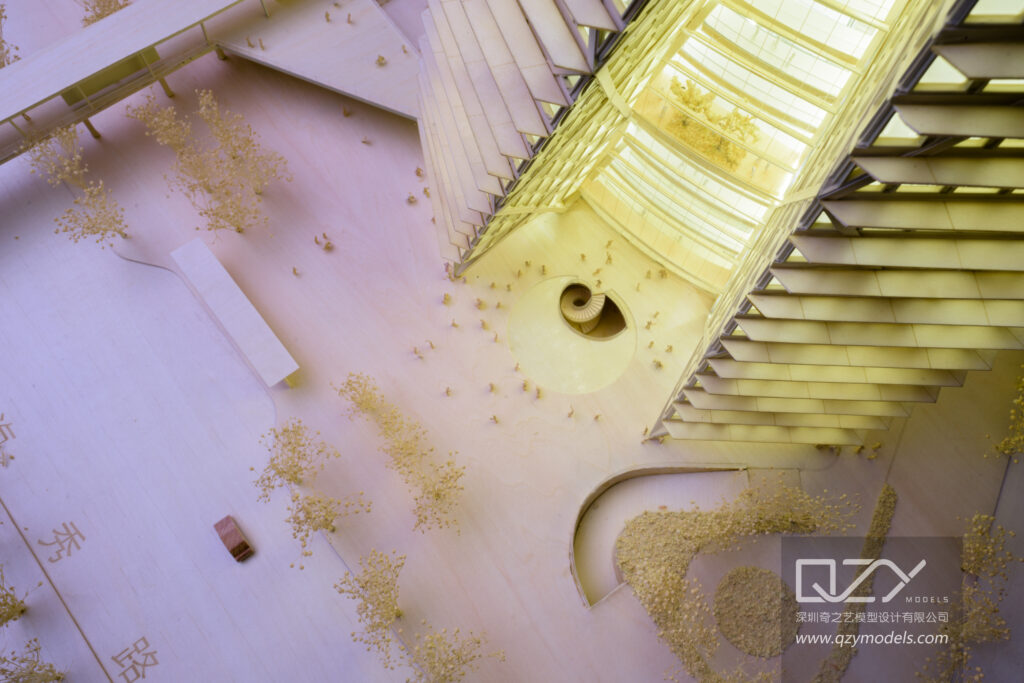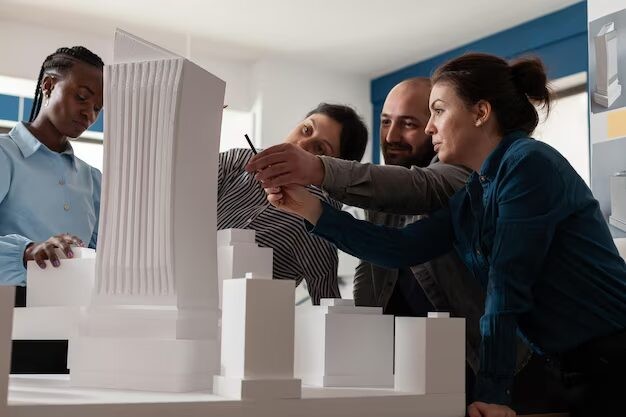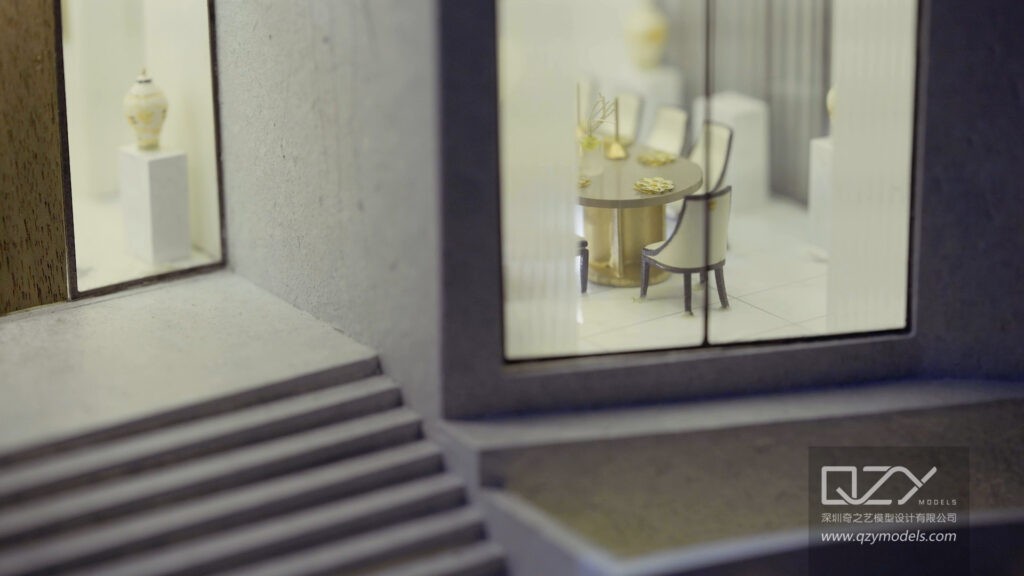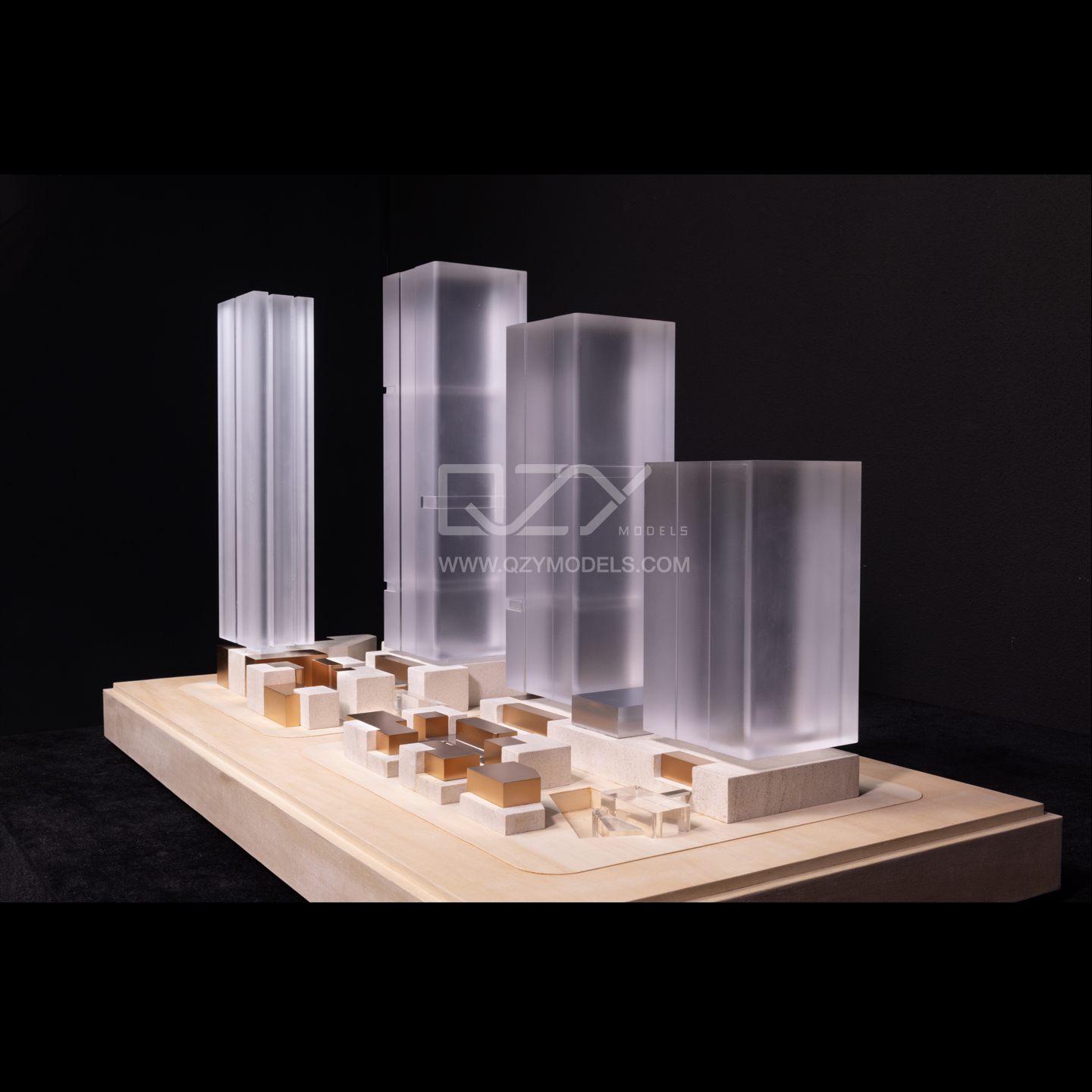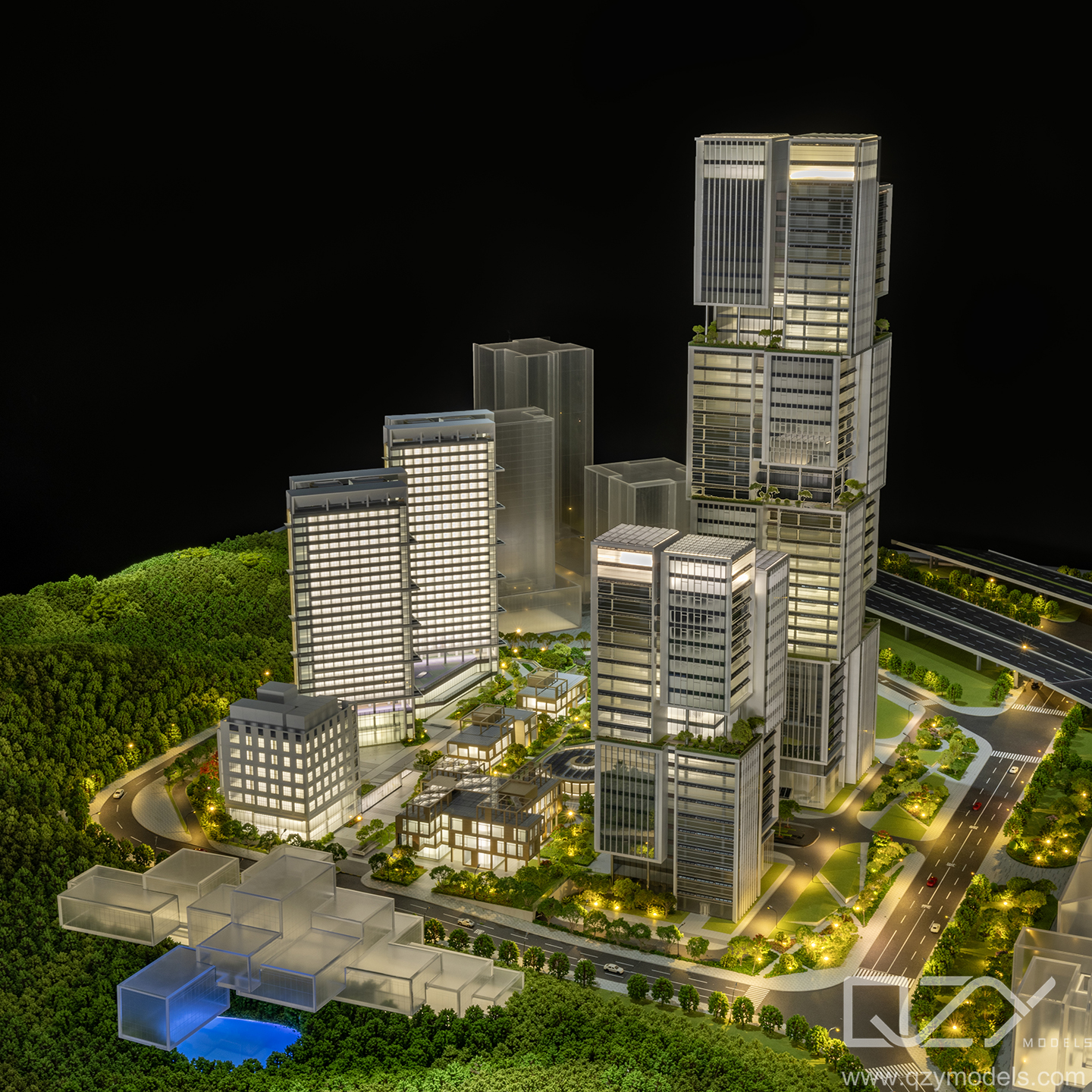The captivating world of physical models is brought to life through the artful interplay of light and shadow. Illumination is a crucial aspect that elevates the visual impact of physical models, adding depth, drama, and a touch of magic. From architectural marvels with glowing windows to product prototypes with strategically placed LEDs, lighting plays a pivotal role in accentuating the finer details and narrative of each creation. In this enlightening article, we explore the importance of illumination in physical models, the various techniques used to achieve stunning effects, and the transformative power of light in bringing imagination to reality.
I.The Artistry of Lighting: Illuminating the Narrative
Achieving accurate measurements and scaling is the backbone of physical model-making. This chapter delves into the meticulous process of translating ideas into precise dimensions, ensuring that each component fits harmoniously to form a cohesive and visually stunning model.
A.Creating Ambiance:
Proper lighting sets the mood and ambiance for a physical model, evoking emotions and immersing viewers in the envisioned space. Whether it’s a warm glow illuminating the cozy interior of a home or dramatic spotlights highlighting the grandeur of an architectural masterpiece, lighting design breathes life into the model’s narrative.
B.Guiding the Viewer’s Gaze:
Strategic lighting directs the viewer’s gaze to key elements and focal points, guiding them through the story the model aims to tell. Skillful placement of lights draws attention to intricate features and critical design aspects, ensuring that the essence of the model is not overlooked.
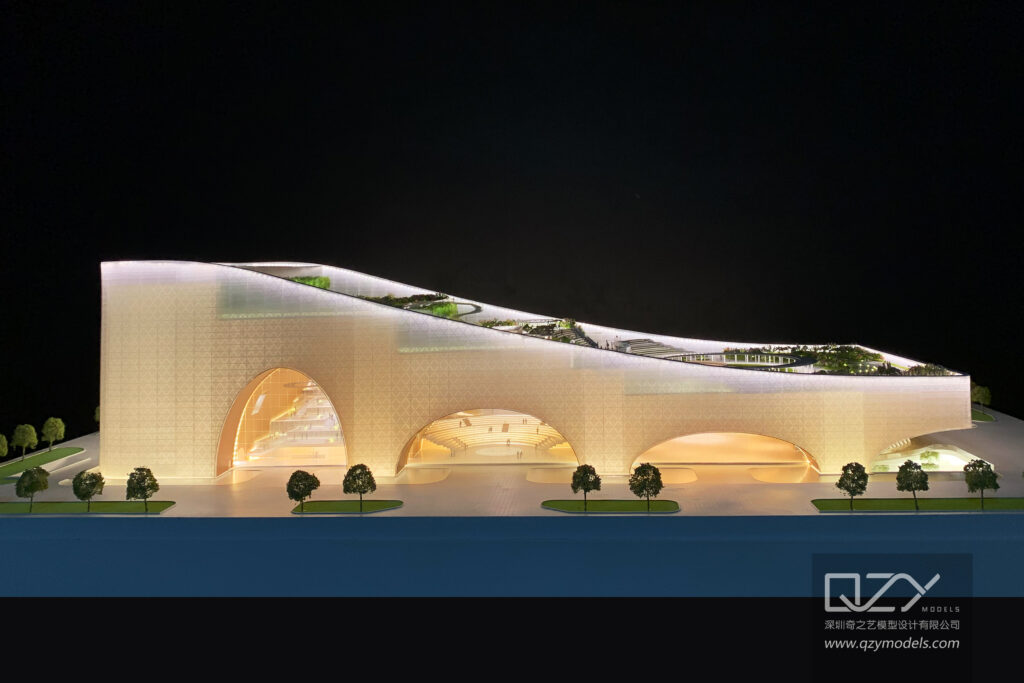
II.Techniques of Illumination: From Traditional to Technological
The choice of materials greatly influences the final outcome of a physical model. In this chapter, we explore the diverse range of materials used in model-making, from traditional to modern, and how to handle them with finesse and skill to bring out the best in each creation.
A.Natural Light and Windows:
In architectural models, the creative use of natural light through meticulously crafted windows can mimic the play of sunlight across spaces. The interplay of light and shadows adds realism to the model, making it an accurate representation of the design’s intended atmosphere.
B.Interior Lighting:
For models that depict interiors, interior lighting becomes essential in conveying the intended mood and functionality. Miniature lighting fixtures, such as LEDs, can be skillfully integrated into the model to emulate real-life lighting scenarios.
C.Projection Mapping:
In advanced model-making, projection mapping brings an entirely new dimension of interactivity and dynamism. By projecting animated images or videos onto the model’s surface, architects and designers can showcase different design options and scenarios dynamically.
III. Lighting Techniques for Specific Industries
Craftsmanship is the heart and soul of physical model-making. This chapter celebrates the dedication and artistry of model-makers as they masterfully attend to intricate details, infusing life and authenticity into their models.
A.Architectural Models:
Architectural models benefit from a variety of lighting techniques to highlight intricate building features, landscaping elements, and the overall design. Subtle uplighting can accentuate facades, while gentle backlighting can showcase transparent materials like glass.
B.Product Design Models:
Product designers use lighting to emphasize the functionality and aesthetics of their creations. Carefully positioned lights can cast shadows that emphasize texture and form, allowing clients and stakeholders to envision the product’s real-world presence.
IV. Illumination as a Design Tool: Iterative Exploration
Lighting breathes enchantment into physical models, adding a new dimension of beauty and storytelling. This chapter unveils the various illumination techniques used to create ambiance, guide viewers’ gazes, and bring the narrative of each model to life.
A.Exploring Different Lighting Scenarios:
Lighting serves as a powerful design tool, allowing architects and designers to explore multiple lighting scenarios during the design process. By experimenting with various lighting angles, colors, and intensities, creators can refine their vision and make informed decisions.
B.Customizing for Client Preferences:
Illumination customization enables designers to cater to clients’ specific preferences and requirements. Whether it’s adjusting the color temperature to create a cozy atmosphere or highlighting certain areas of interest, lighting can be tailored to suit individual tastes.
